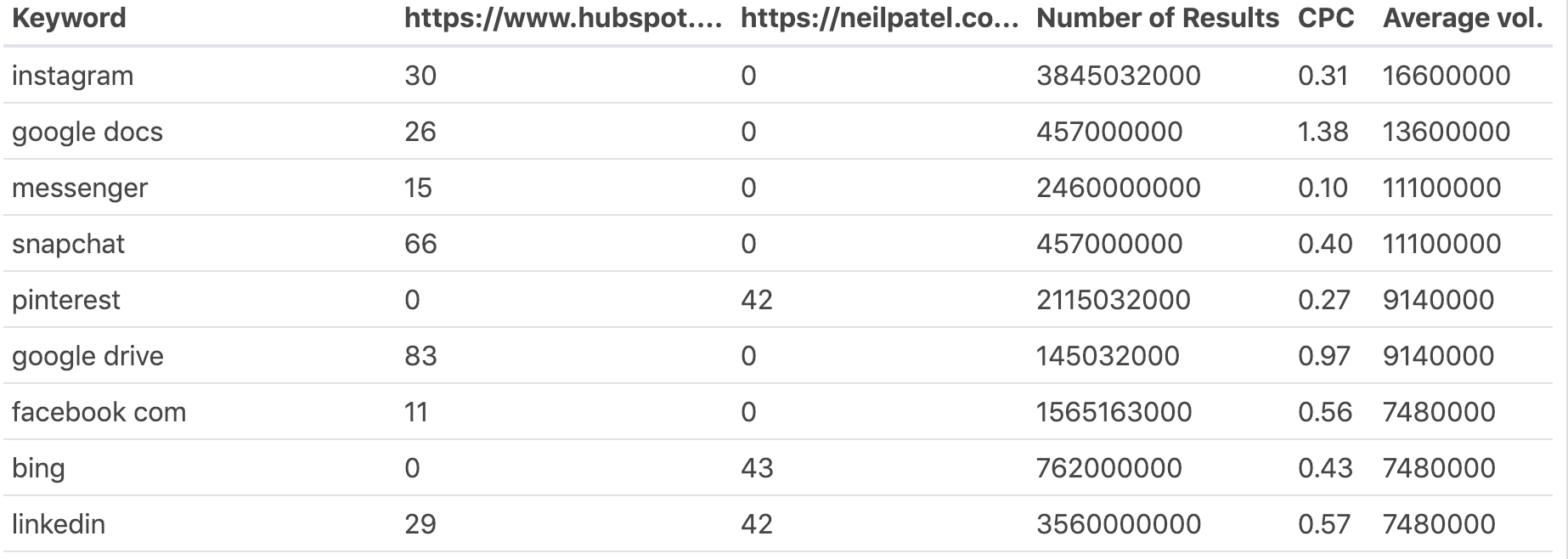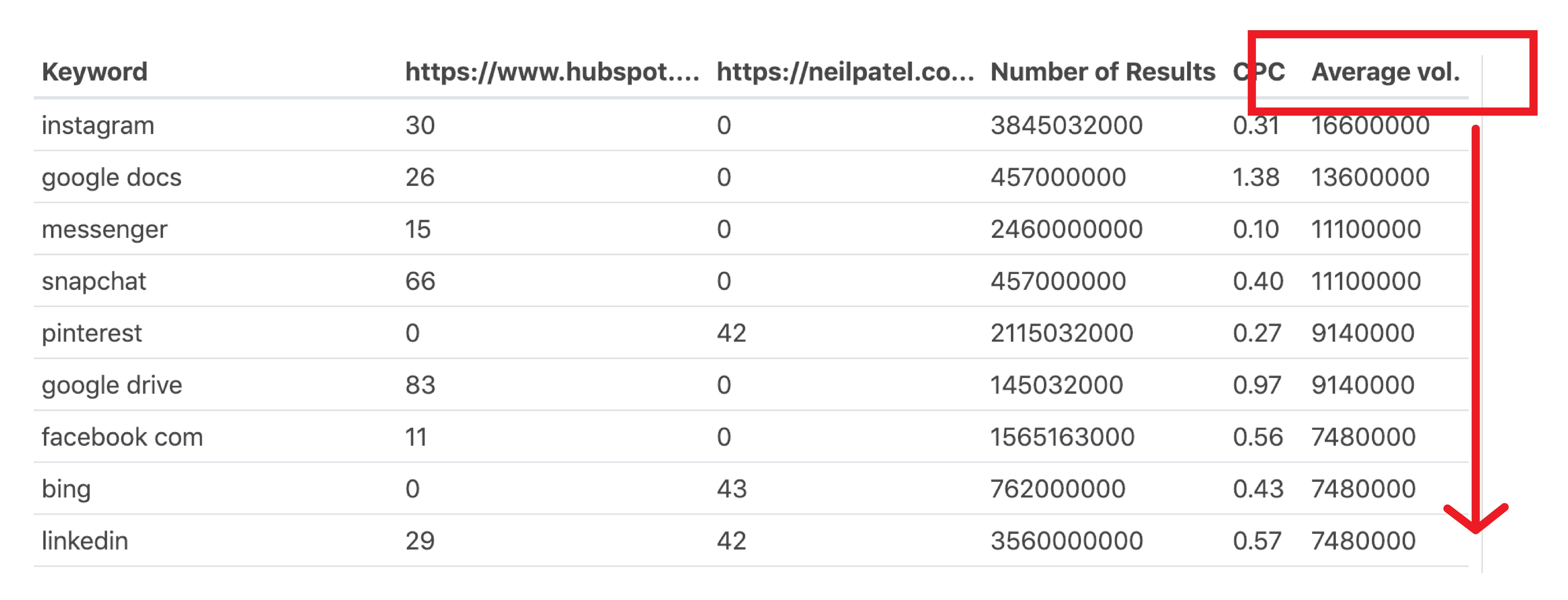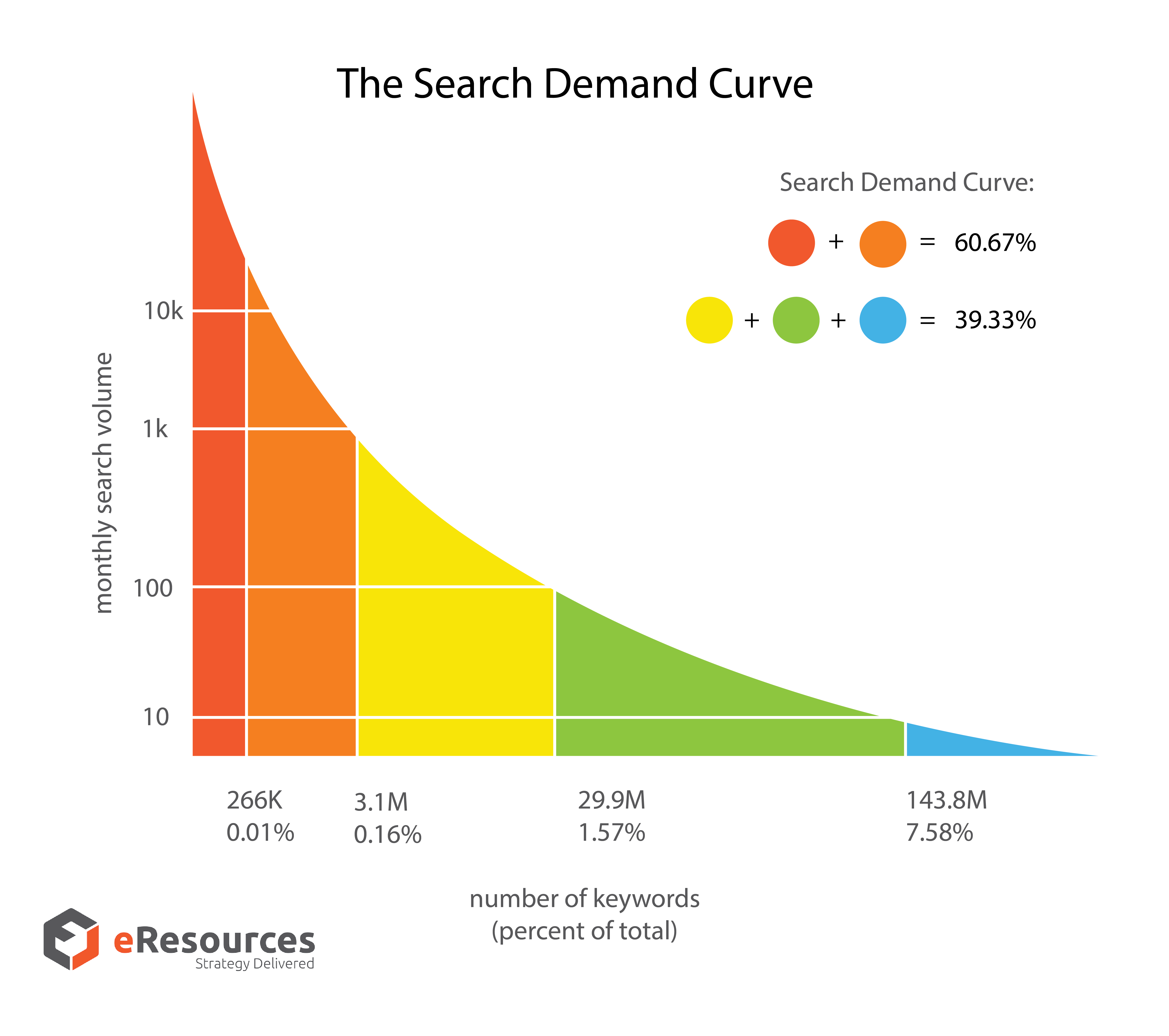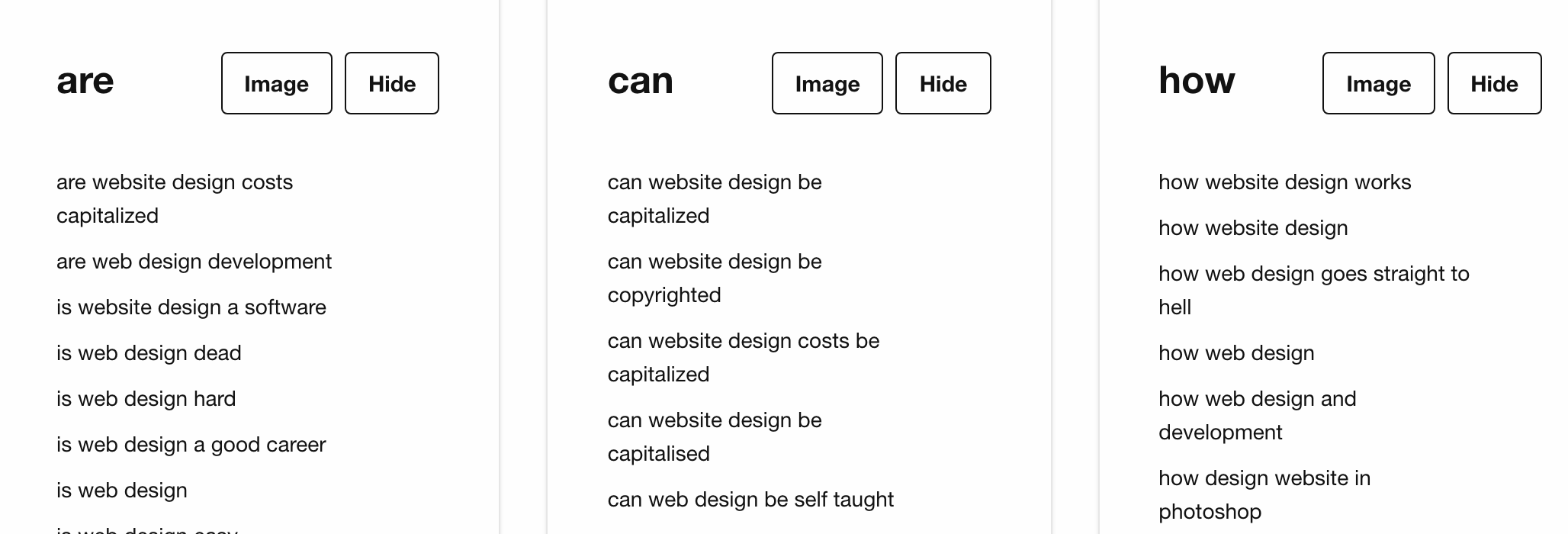Need fresh content ideas? Try a Keyword Gap Analysis

A foundational component of content marketing is a strong blogging strategy. Ninety-four percent of all organic traffic comes from Google and the average first-page result has 1890 words.
Companies that blog receive 97% more inbound links to their website.
But when you have blogged weekly or daily for months or years, it can often be difficult to figure out what you need to blog about.
You’ve covered your knowledge base, compiled listicles, and stayed up on current events but you still find yourself short on subjects for posts.
I promise you’re not alone but…
You are thinking about this backward.
What if you wrote based on what people were most likely to find rather than hoping someone finds what you are writing?
Too often, subjects are determined by the writer’s analysis of the business, sales funnels, or services offered. While these are often necessary, posts like these can get squashed in SERP (search engine results pages) solely by larger business’ Adwords budgets.
Instead, try a Keyword Gap Analysis.
What is a Keyword Gap Analysis?
A Keyword Gap Analysis identifies what keywords you are using on your site versus what keywords your competitors are using on their site. The keywords that they use, that you aren’t, is the “gap”.
(An awesome FREE tool for this is The Hoth’s Keyword Gap Analysis.)
The results you get will look something like this.
But what do you do with that information?
Generating Content Ideas from a Keyword Gap Analysis
Depending on the competitor(s) you use, you could have thousands of keywords. Though, I recommend if that happens, try using another competitor.
These results tell you the keyword, competitor’s result number, and the number of results among other information. From here, you begin to identify where competitors are getting traffic and what common keywords competitors share that you do not.
The keyword gap analysis will have the keywords with the highest average search volume at the top and go down.
Take note of the relevant keywords that apply to your company, service offerings, or initiatives.
Search Demand
60.67% of search traffic comes from less than 1% of keywords. Rather than contesting with the high volume searches at the top of keyword gap analysis, identifying how those commonly searched terms and subjects play out into lower volume searches or long-tail keywords lets you climb SERP.
So when you find these relevant high volume keywords, begin to explore subjects around them where you can convey authority.
How do you do that?
Making questions out of keywords
50% of search queries are four words or longer. People ask questions.
Once you have your desired keywords selected in your gap analysis, plug them into another free tool called Answer the Public.
This will spit out 50-200 commonly searched questions based on your keyword. Some won’t be full sentences (or proper English) and others will be remarkably irrelevant — but 5-10 are valid questions that you likely haven’t answered.
Here’s an example of results from Answer the Public when entering the keyword “website design.”
Combining both of these tools lets you see into what people are looking for and what information they want to see when they get there.
Strategy before content
Let your strategy be the fuel for your blogging efforts. This gives you a direction to achieve growth.
Other Articles You Might Be Interested In:

Digital Transformation: Lessons Learned, & Still Learning
You aimed for digital transformation, but instead, you encountered significant cultural challenges. Like 'synergy,' the term 'digital transformation' has become another frequently used buzzword in business language. This word sparkles and shines alluding to big,...

Computers & Networks Inc., merges with eResources LLC
News Memphis, Tennessee - September 27, 2022 eResources, a leading national technology consulting and IT managed services provider has grown! Our merger with Computers & Networks Inc. of Memphis, Tennessee completed on September 6, 2022. Speaking about the merger,...






